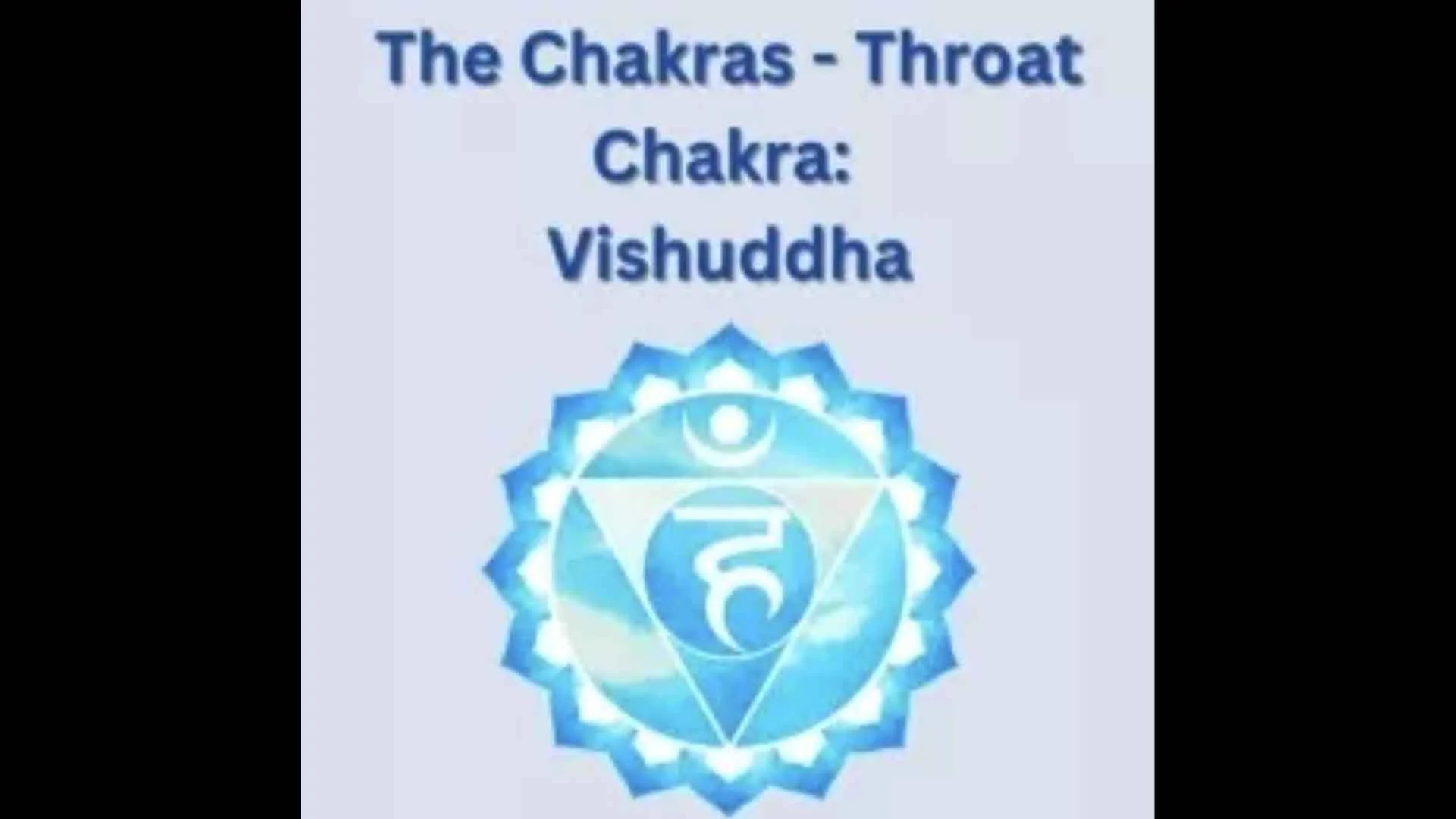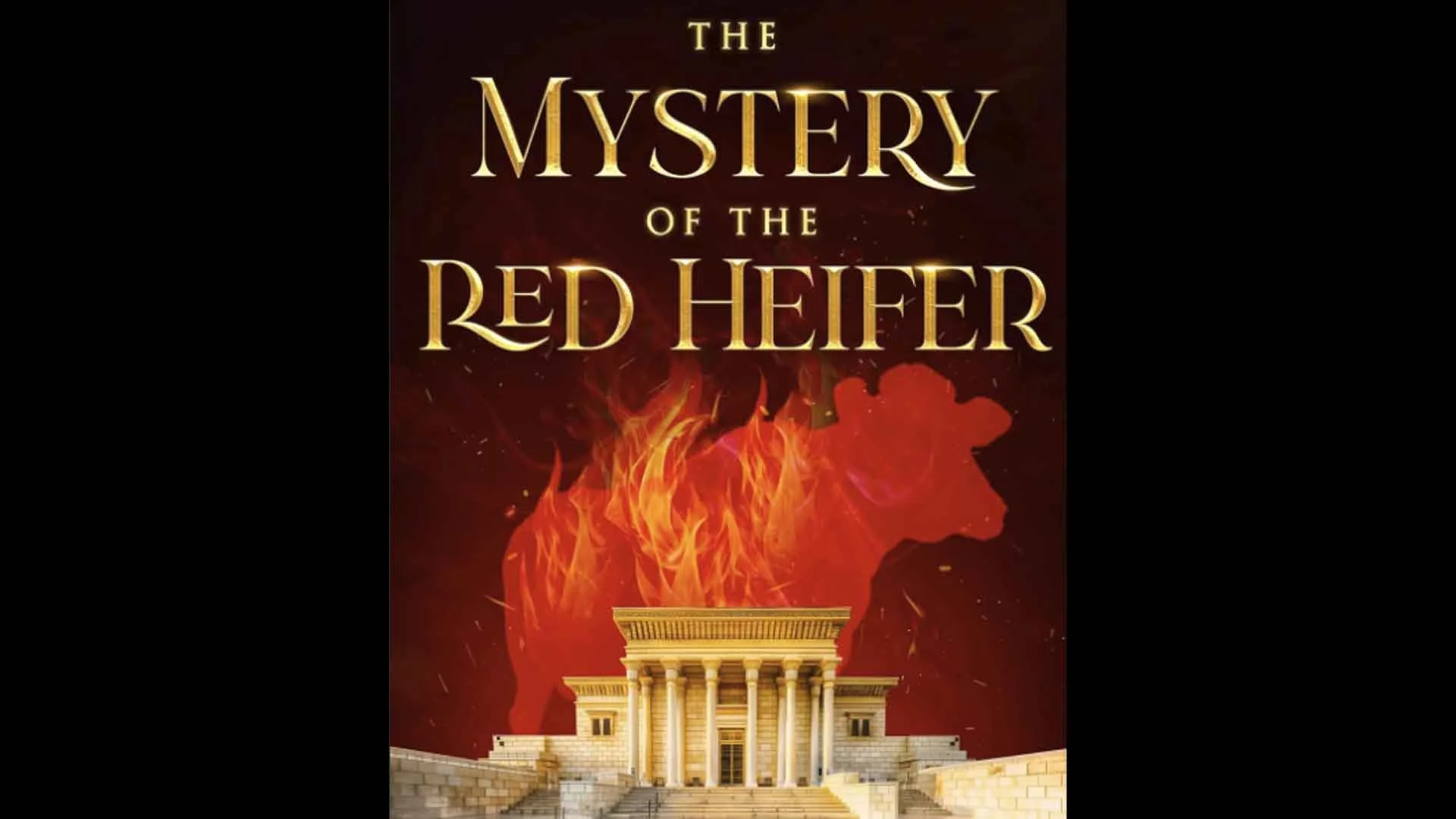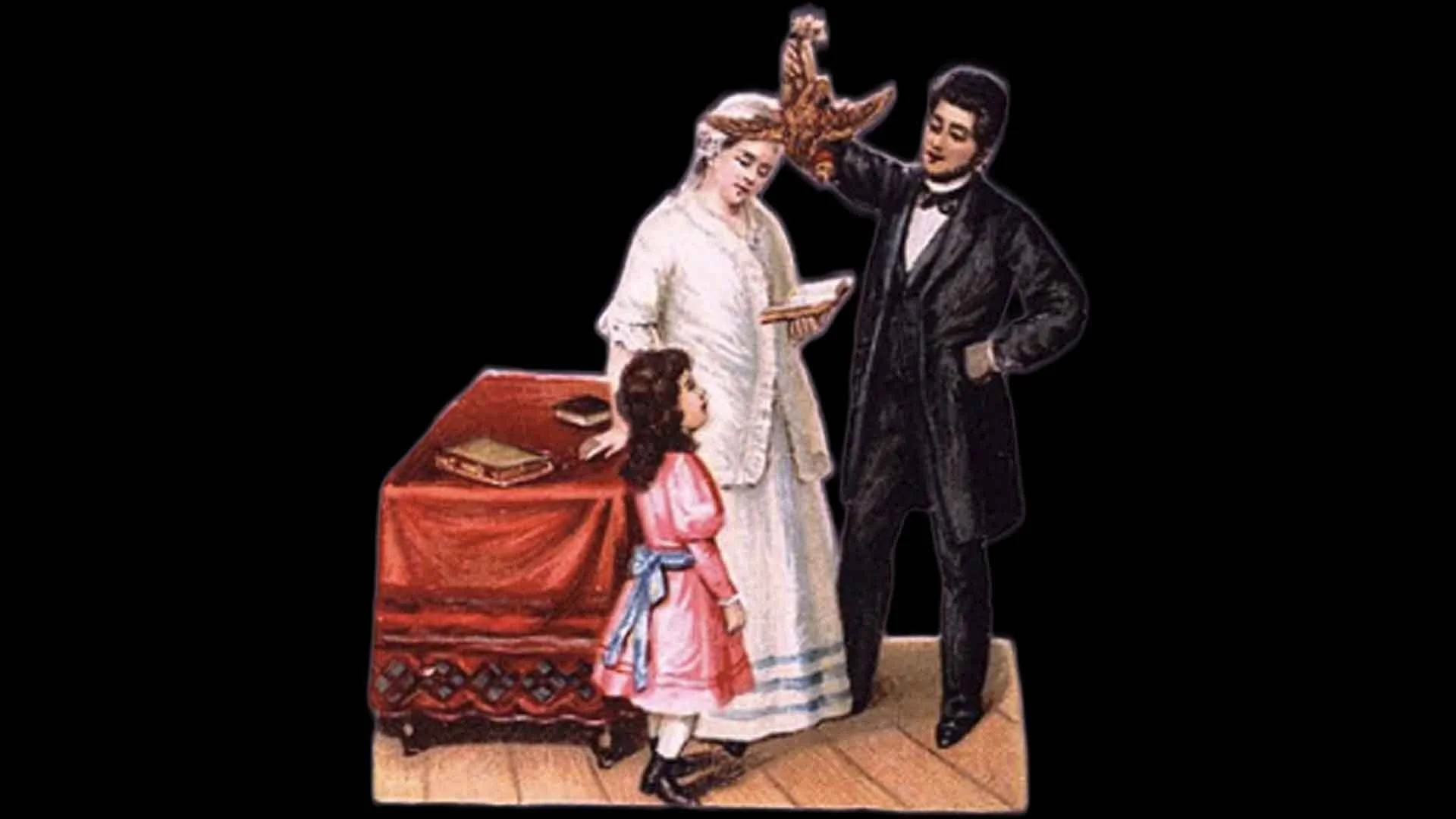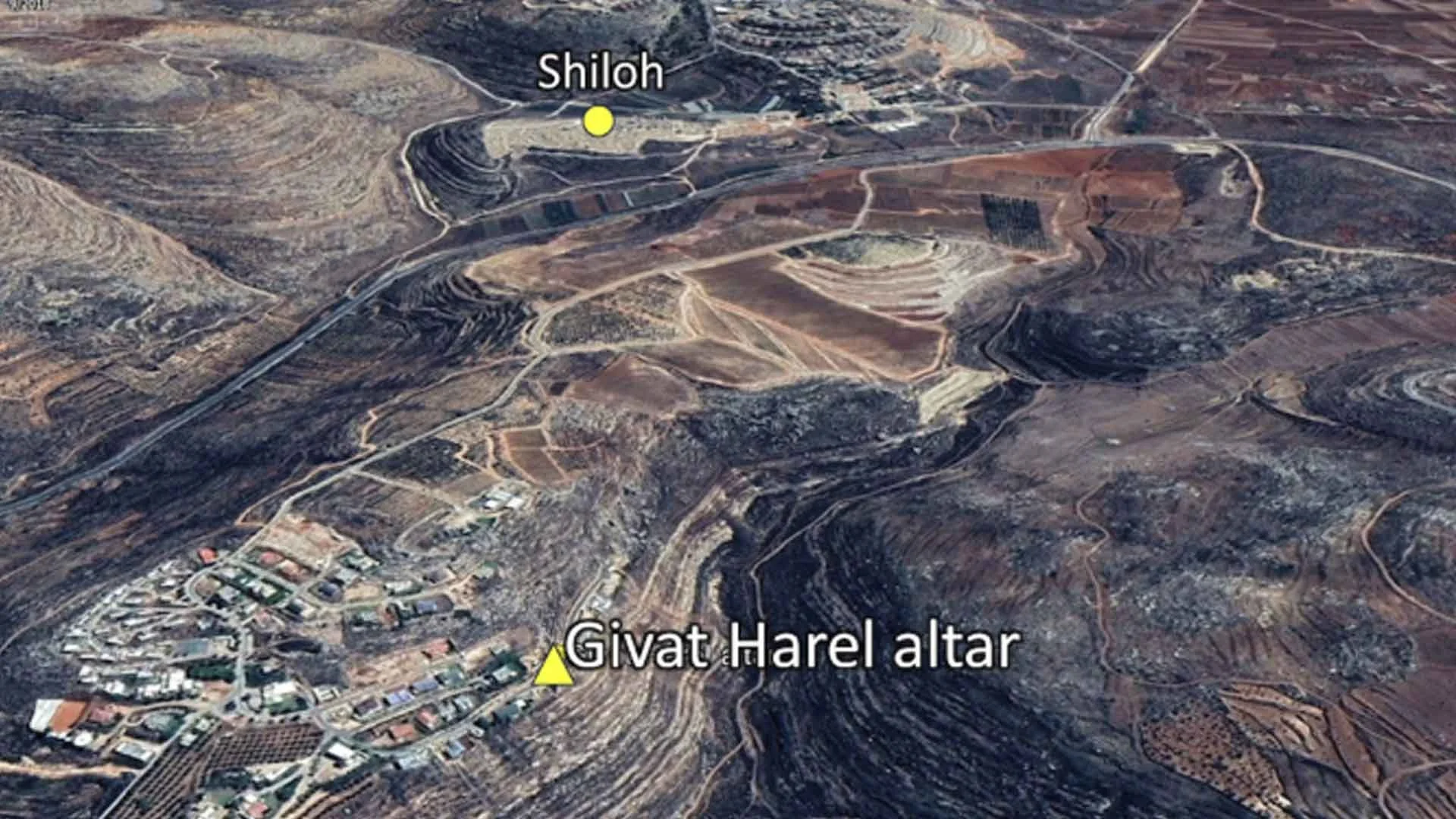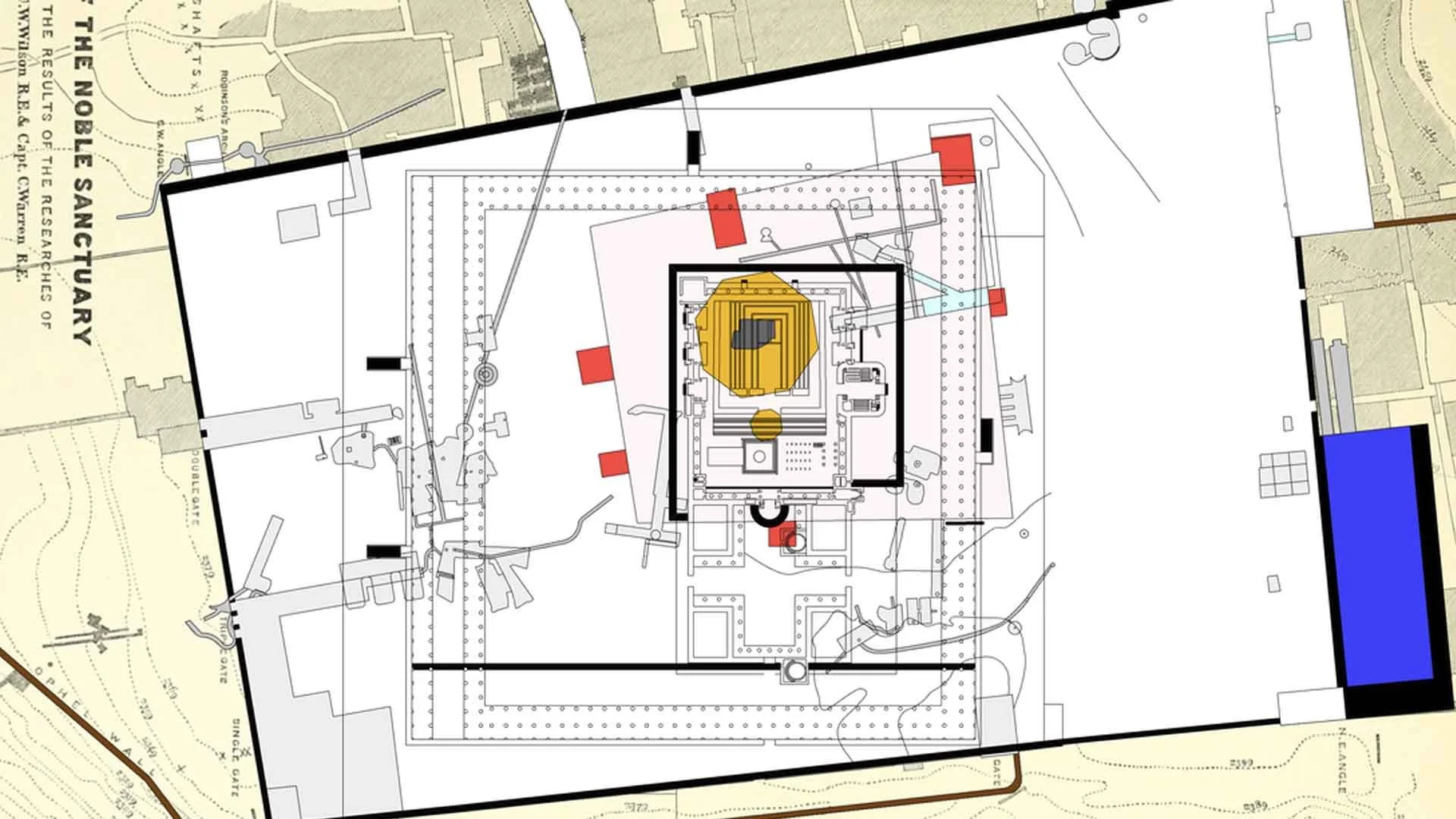For the source text click/tap here: Zevachim 62
To download, click/tap here: PDF
Rabba bar bar Chanah said in the name of Rabbi Yochanan, "When the Jews came back from Babylon to Israel, three prophets (Chaggai, Zechariah, and Malachi) came with them. One testified about the size of the Altar, another - about the position of the Altar, and the third one testified that they may offer sacrifices on the Altar, even though the Temple was not built yet.”
Ultimately, Rabba bar bar Ḥana quotes Rabbi Yoḥanan as teaching that there were three prophets who returned with the exiles and testified about three things related to the Temple:
One described the form, shape and size of the altar
One testified about its place in the Temple
One brought the ruling that allowed the sacrificial service to begin on the altar even before the Temple was completed.
According to Rashi, the prophets mentioned here are Ḥaggai, Zekharya and Malakhi whose Second Temple period prophecies are recorded in the book of Trei Asar.
It was taught in a baraita cited above that the measurement of the altar’s length, and the measurement of its width, and the measurement of its height are not indispensable. Rav Yosef said to Abaye: The Master, i.e., Abaye, who is a great man, knows what I mean to say. Rav Yosef read, i.e., applied, the following verse to those who mocked him:
“The children of Keturah” (Genesis 25:4). Although Keturah’s children were children of Abraham, they were not of the same caliber as Isaac. Similarly, Rav Yosef was saying that his other students were not of the caliber of Abaye.
We explore Keturah as Mirror: The Making of a Mythical Figure Through Interpretive Projection reflected in painters from Rembrandt to William Blake.


